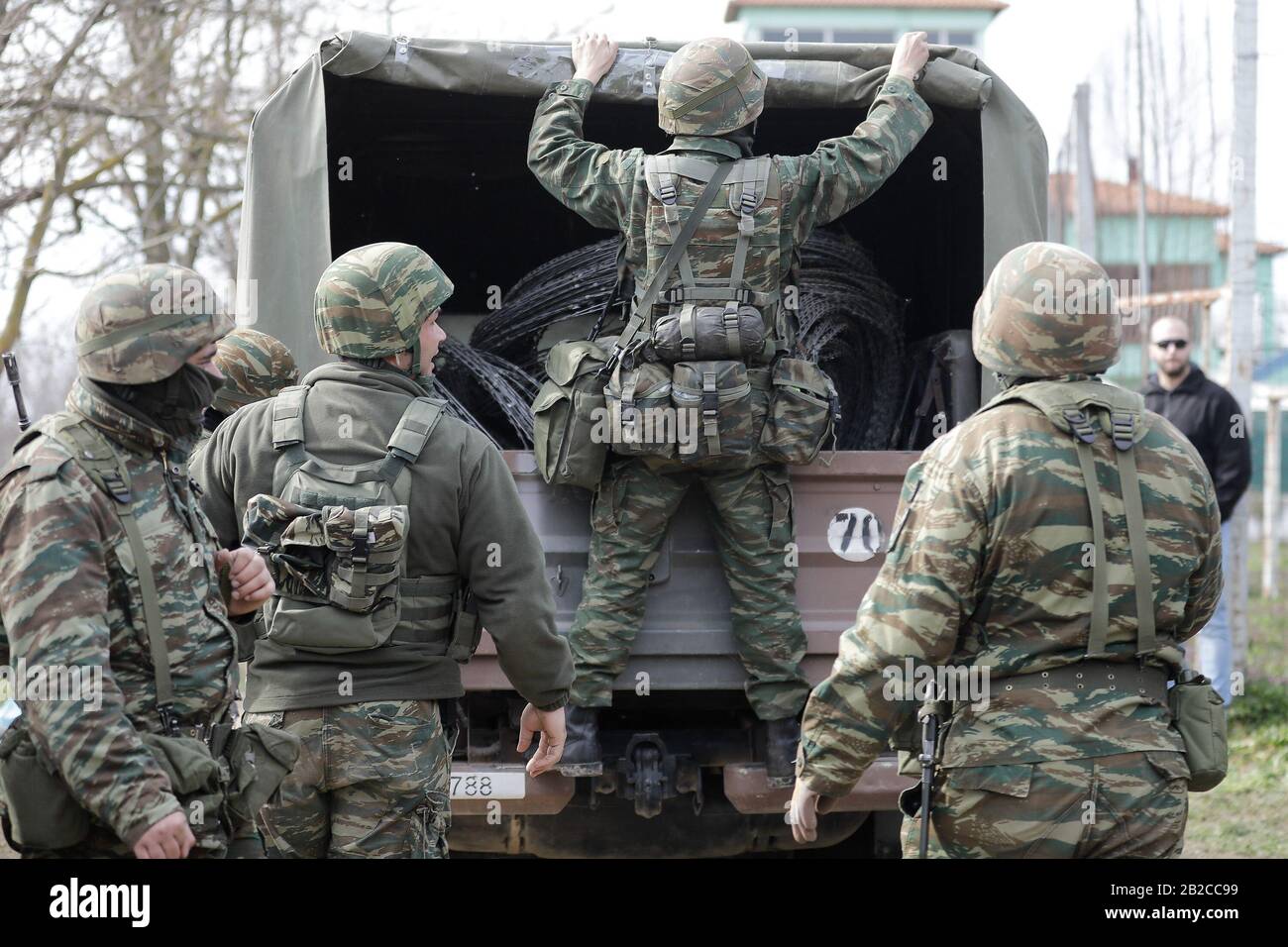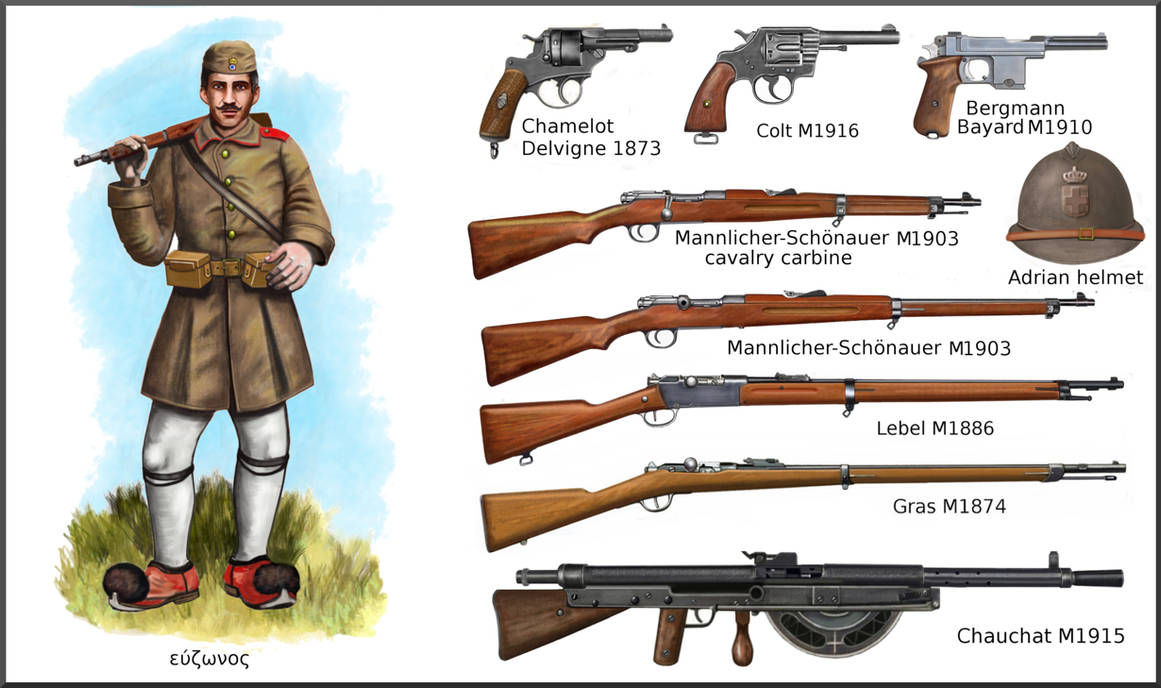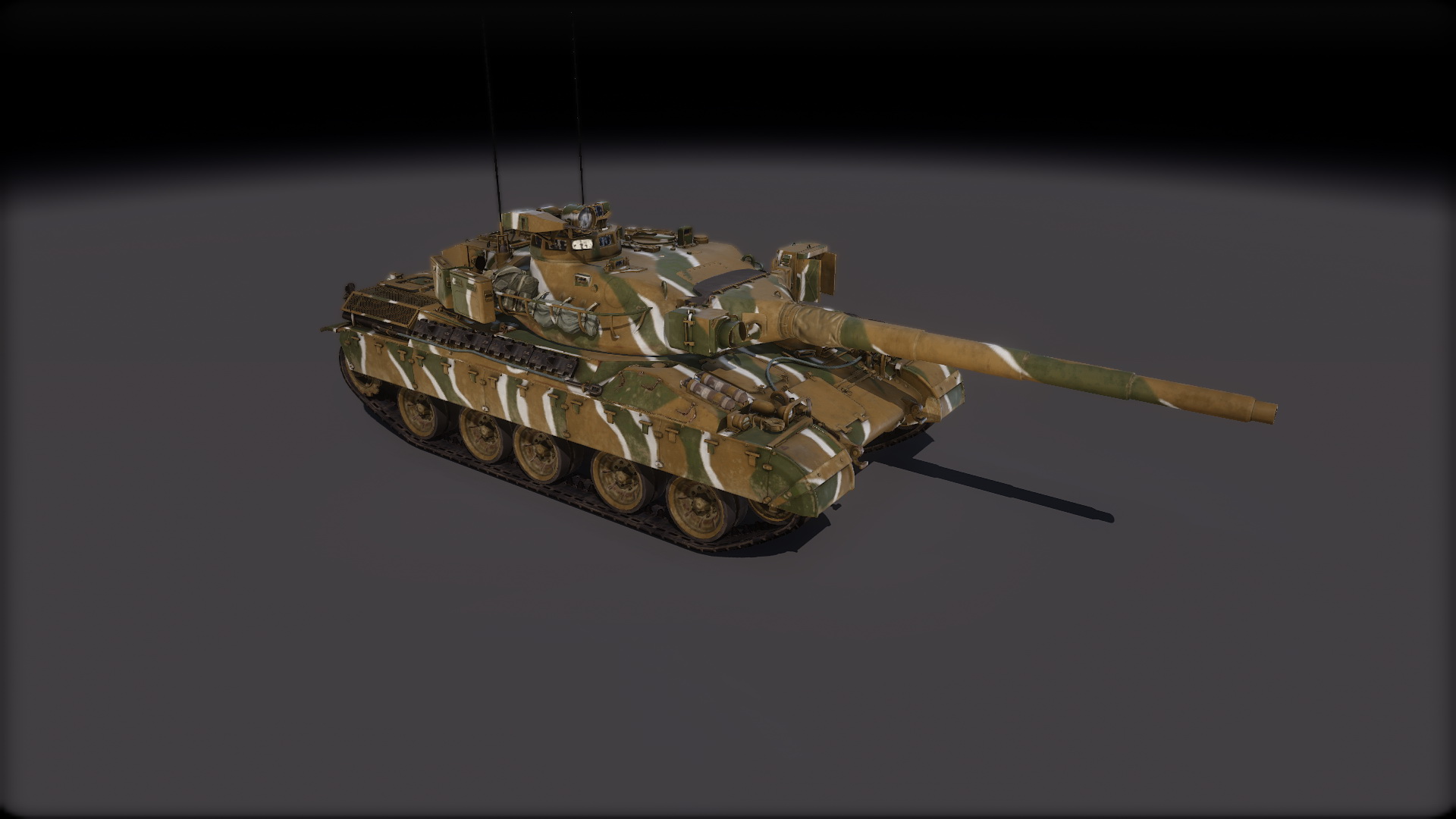Greek Military Equipment - Ancient Greek weapons and armor were primarily aimed at combat between individuals. Their primary technique was called the phalanx, a formation consisting of a massive shield wall, requiring heavy frontal armor and medium-range weapons such as spears.
However, the lack of any official peacekeeping force meant that most Greek citizens carried arms for self-defense as a matter of course.
Greek Military Equipment

Since individuals provided their own equipment, there was a great variety in weapons and armor among the Helicist troops.
Military Equipments Images
The poorest citizens, who could not afford to buy or maintain military equipment, acted on the battlefield as psiloi or peltasti; fast, mobile skirmish troops.
Weapons that used copper had become obsolete by this time. This is because copper was very weak compared to iron and bronze weapons. Iron dates far back and allowed smaller nations in Greece to arm themselves with weapons that were lighter and stronger than copper. Bronze was still used, but rarely because tin was hard to find, so the weapons of ancient Greece were made of iron and copper. This would help them in the Greco-Persian wars.
Paintings of ancient Macedonian soldiers, arms and weapons, from the tomb of Agios Athanasios, Thessaloniki, Greece, 4th century BC
The main weapon used by the Greek troops was a two to three meter spear with a leaf-shaped blade on one d and a short point on the other known as a dora. The tip of the spear was usually made of bronze or iron, but which was used more is still open to doubt. The short spike was known as the savroter, or 'lizard killer', and is supposed to have served mainly to pick up wounded opponents on the ground as the phalanx advanced, or as a spearhead if the main spear was broken . The doru was used with one hand (he supported the soldier's shield with the other hand).
Germany Announces New Deal With Greece To Send Tanks To Ukraine
Cavalry are known to have used a thinner spear or a very long spear (xyston) which offered a range advantage over the shorter infantry spears.
Under Philip II of Macedonia, hoplites were equipped with extremely long spears (up to 21 feet) called sarrisae. When used in conjunction with a phalanx formation, it formed an impenetrable wall of spears in front of the infantry; the enemy's shorter weapons could not reach the phalanx because of the saris.
Hoplites are known to have carried as a secondary weapon a short sword known as a xiphos made of iron or bronze depending on the era. It was used in the event of a broken spear or if close combat was necessary.

Hoplites on horseback probably used a heavier, curved sword known as a kopis, which means "chopper" in Greek.
Israeli Greek Consortium To Produce New Combat Vehicles In Greece
Light infantry, known as peltasti, would carry a range of spears used to pierce enemy formations, avoiding close combat whenever possible. The peltast's job was not to fight in formation, so many carried nothing more than a spear.
Offspring, light support troops such as psiloi were often armed with ranged weapons. Popular ranged weapons were the bow (toxa), the spear (akonia) and the slingshot (sfdonai). While the bow was a relatively uncommon weapon (the wooden barrel bow used had limited range), some troops treated their arrows by sticking them into rotting corpses, creating a crude form of biological weaponry.
Peltast troops usually used spears, and hoplites and horsemen were also often equipped with spears. The spears used were light spears about 1.5 meters long, with a bronze head to facilitate the return of the weapon; they were usually thrown with the help of an amtum.
Ancient Hellist-era Macedonian paintings of military armor, weapons and equipment from the tombs of Lyson and Kalliklos in Old Mieza (modern Lefkadia), Imatia, Central Macedonia, Greece, dating to the 2nd century BC.
Greek Army In World War One > Ww2 Weapons
Linothorax armor made of linen was the most common form of armor for infantry corporals, as it was cheap and relatively light. Bronze breastplate was also used, in shapes such as the bell. Little other armor was worn, and fatal blows to unprotected areas (such as the bladder or neck) are recorded in ancient art and poetry.
Cavalry armor was designed to be light; over a sleeveless tunic called a chitoniskos, a cavalry soldier would wear a muscular cuirass designed to leave his arms as free as possible.
Hoplites wore greaves to protect their lower legs, as did cavalry, but otherwise the torso and head were the only parts of the body protected by armor.

The most important part of the pattern was the aspis, a large, round shield usually made of layers of bronze, wood and leather. The aspis was about a meter in diameter and weighed about 7.3 kg (16 lbs), making it uncomfortable to hold for long periods of time.
Ancient Bas Relief
The Peltas were armed with woven shields called peltes, which were much lighter, allowing greater movement on the battlefield. They are designed to defend against incoming spears from opposing peltasts, not necessarily to ward off a spear or sword attack.
Helmets for infantry came in many varieties. The earliest standard hoplite helmet was the Corinthian helmet, developed around 600 BC.
These were later replaced by the Phrygian and Chalcidian helmets, which were lighter and did not impair the wearer's sight or hearing as badly. Helmets often had a coat of horsehair, for decorative purposes and as an extra level of protection. The Boeotian helmet was commonly used by cavalry troops due to their need for unobstructed vision and hearing. Helmets were mainly used to protect the head, but left the eyes, mouth and nose unprotected. The establishment of the Special Warfare Command is the vision of General Konstantinos Floros, Chief of the General Military Staff of Greece.
The Special Warfare Command is essentially a new military formation guided by NATO standards and the logic of modern armies around the world,
Greece Vs Turkey: The Military Balance In The Aegean
There will be an emphasis on the need for a strong immediate intervention force capable of delivering surgical strikes of high strategic importance to enemy HVT (High Value Targets) in a short period of time.
Speed, autonomy, a high level of training and the immediate execution of any mission on order will be the main characteristics of the new command, which is essentially another pillar of power independent of the army, navy and air force.
The special combat command is formed on the basis of defense of sensitive areas such as small islands and islets, but at the same time aggressive orientation as needed in unorthodox war operations.

The establishment of the Special Warfare Command was already decided following SAGE (Council of the Chiefs of General Staff) proposals of April last year and since then procedures have been advanced to make it fully operational as soon as possible.
The Recent Turnaround Of The Greek Defense Industry
The Greek military leaders will organize the new command according to American standards, since they have already developed close cooperation with the USA, a country that undoubtedly has the best special forces in the world, such as "Seals", "Delta" and "Rangers" . ".
These American units have extensive experience in special operations and in unorthodox warfare in almost every corner of the world.
In fact, the air assets will be a special unit known as SOATG (Special Operations Air Task Group).
The benefit for the Armed Forces from the establishment of a new command, apart from operational, will also be in matters of organization and saving of resources.
United States 'gifts' 1,200 Armoured Vehicles To Greek Military Worth A Billion Dollars
As the head of the 13th Directorate for Special Operations, but also as the Chief of Staff of the Greek Armed Forces, he laid the foundation for the establishment of an independent formation that would bring together all the selected units for special operations. Don't worry, we've got you covered with a detailed analysis of Greek military power based on public sources that shows every aspect of the firepower of the Greek Army's ground forces.
Special operations forces from Greece and Serbia beef up security and conduct patrol training during ORION 21 (U.S. Army photo by Spc. Theresa Pratts)
Greek special forces and US Navy SEALs attack the beach during Sarisa 16 (US Army photo by Staff Sgt. Marcus Fichtl)

After the proclamation of the Greek Revolution in 1821, the concept and necessity of organizing a tactical army was born. Before that time there were many disorganized forces consisting of patriots who had no military experience and could not work together effectively for a common cause. This was the key reason why they pushed the revolutionary authorities and governments towards the gradual formation of the Tactical Army, regardless of their early military triumph.
Potd: Greek Soldiers With U.s. Army Paratroopers The Firearm Blog
On March 3, 1821, Alexandros Ipsilantis founded the "Holy Band" in Iasi, Moldova, the first Greek regular army. The holy group waved a multicolored flag with the inscription "In this sign, conquer," which was the motto of the first Byzantine emperor, Constantine the Great.
When Dimitrios Ipsilantis landed in the Peloponnese, he began to organize an organized military unit to fight against the Ottomans who were still present in the Hellenic Peninsula.
The Epidaurus National Assembly met on January 9, 1822 during the Greek War of Independence, and the first Greek president advocated the parliamentary draft law "On the Organization of the Army", which basically aimed to create a tactical army. Everything after that
Military fitness equipment, military surplus heavy equipment, new military equipment, military surveillance equipment, military equipment companies, ancient greek military equipment, greek military, boyce military equipment, military equipment, military training equipment, military communication equipment, military heavy equipment

0 Comments